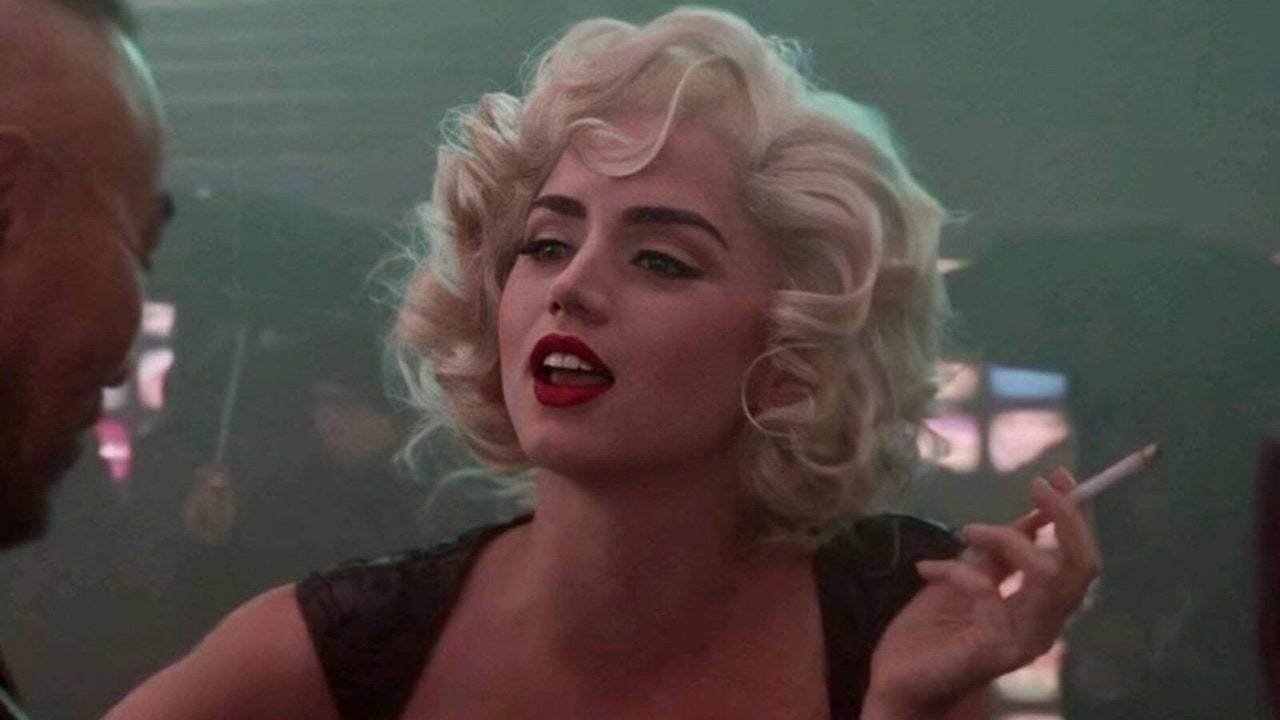I don’t believe I’ve ever hated a movie – or anything else – quite as much as I hate “Blonde.”
This isn’t your ordinary kind of hatred, something I might direct toward, say, assembly instructions or “Care Bears Movie II.” It’s a deep hatred, the kind that should be reserved for Vladimir Putin or the neighbor lady who – when my softball landed in her yard – picked it up and walked away.
It reflects a sort of abject agony. “Blonde” (shown here) has cruelly taken things from me – my time (two hours and 46 minutes, although it seemed like 46 hours and two minutes) and, temporarily, my joy. It would have been worse if it had also taken my money, at a movie theater.
I prefer to see films in theaters, but this time I caught its opening night on Netflix. I brought high hopes: “Blonde” has a talented actress (Ana de Armas of “Knives Out”) playing a fascinating person (Marilyn Monroe), based on a novel by an esteemed writer (Joyce Carol Oates). Some of its scenes are in an old-Hollywood sort of black-and-white, which was done so brilliantly in Netflix’s “Mank.”
The one unfamiliar person here is New Zealand writer-director Andrew Dominik. That’s who I won’t quickly forget (or forgive).
Certainly, Monroe had lots of clouds in her life. But I’m sure she also had joy. She exuded it often and convincingly; no one could be THAT good an actress.
She had moments of love, lust, fame and artistic accomplishment. All of that is shoved aside, to simply pile tragedy after tragedy, each one seemingly more horrible than the previous one. De Armas does great, award-worthy work, but that can’t save this slow descent into doom.
If someone had filmed 166 minutes of bunnies and butterflies and such, you would criticize it as monotone. “Blonde” does the same, but on the dark side; it’s a long blur of agony.
The movie is from Plan B Entertainment, which has made lots of fine films and three Oscar-winners. After this, however, I hope it has a Plan C.
